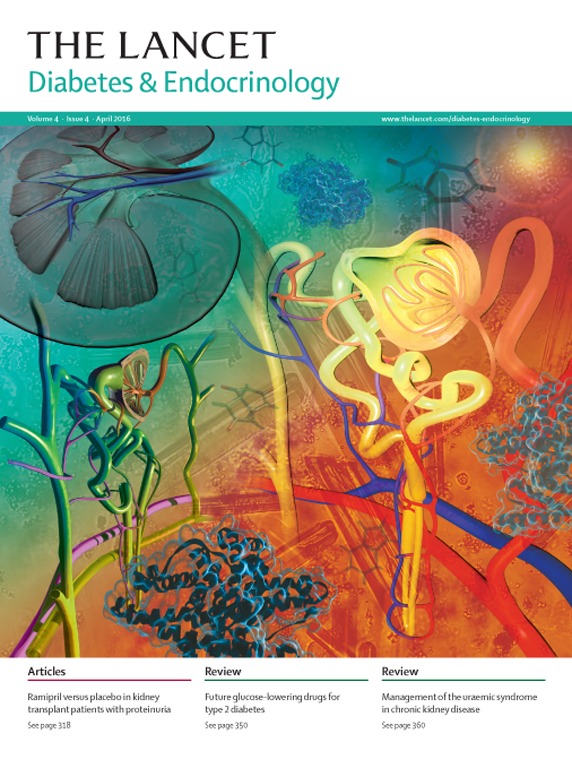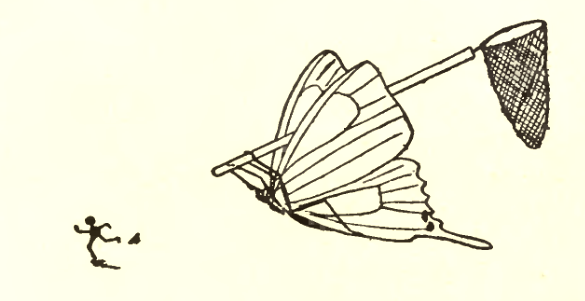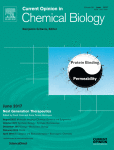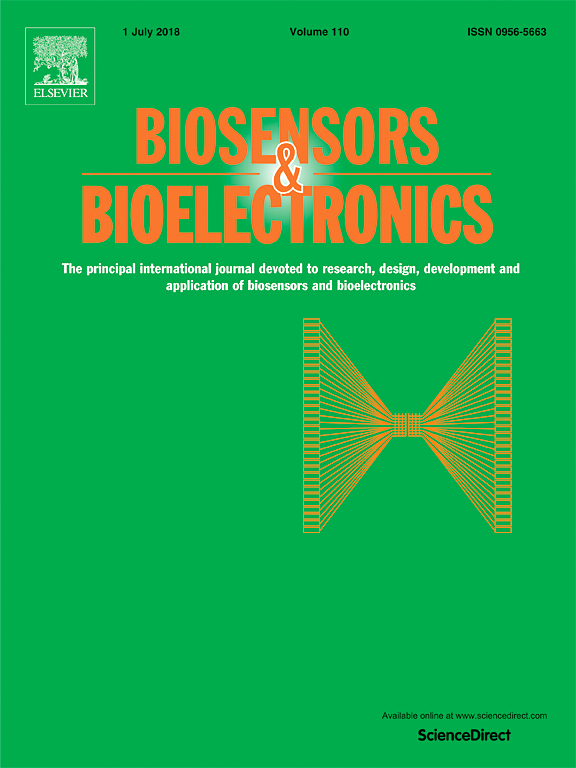
A paper in Contraception that purported to show serious flaws in an earlier study of abortion laws and maternal health has been retracted, after the authors of the original study found what were apparently significant flaws in the study doing the debunking.
That’s the short version of this story. The longer version involves years of back-and-forth, accusations of conflict of interest and poor research practice, and lawyers for at least two parties. Be warned: We have an unusual amount of information to quote from here that’s worth following.
As the editor of Contraception, Carolyn Westhoff, put it:
I got to make everybody angry.

 A group of materials scientists in China has earned 11 retractions and three corrections — so far — for image manipulation, duplication, deceptive authorship and other misconduct.
A group of materials scientists in China has earned 11 retractions and three corrections — so far — for image manipulation, duplication, deceptive authorship and other misconduct. 
 The wheels of scientific publishing turn slowly … but they do (sometimes) turn.
The wheels of scientific publishing turn slowly … but they do (sometimes) turn. The similarities between recent papers in two different journals about energy were striking — so striking that a number of people have
The similarities between recent papers in two different journals about energy were striking — so striking that a number of people have  Six months ago, the media was ablaze with the findings of a new paper, showing that nearly six percent of cancer cases are caused, at least in part, by obesity and diabetes. But this week, the journal retracted that paper — and replaced it with a revised version.
Six months ago, the media was ablaze with the findings of a new paper, showing that nearly six percent of cancer cases are caused, at least in part, by obesity and diabetes. But this week, the journal retracted that paper — and replaced it with a revised version.

